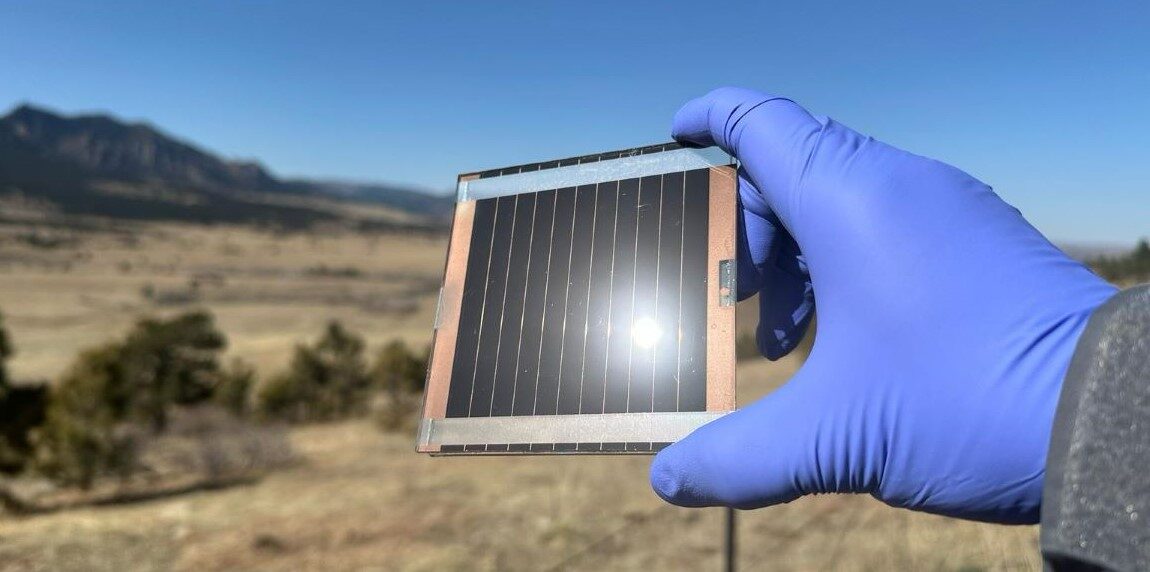From ESS News
Swiss-based Energy Vault and Italian coal miner Carbosulcis have announced a plan to develop a 100 MW hybrid gravity energy storage system within an underground coal mine and its 500m deep mine shafts.
Energy Vault has been working on a water-based hydro-storage gravity system designed specifically for underground mines, and the Sardinian government-owned coal mine, located at Nuraxi Figus, on the island of Sardinia. Once one of the largest mines in the world, the coal mine will reach its end of life at the end of 2026.
At that stage, Sardinia intends to convert it into a technology hub to make the area into an industrial and economic hub and work towards using the mine shafts to develop the 100 MW hybrid ESS, using gravity and batteries.
In response to questions, an Energy Vault representative told ESS News the 100 MW system proposed features 20 MW of energy storage from Energy Vault’s EV0 gravity energy storage concept, combined with 80 MW of battery energy storage.
Further details about energy capacity were also provided to this publication: “The parties are evaluating the exact duration of the system. The final decision will also be impacted by the final technical and commercial requirements still to be published by Terna, the Italian National Power Grid Operator, in particular for the MACSE, its long-term contract tendering process. Currently, the parties are considering a system of around 4 hours, but whose flexibility between charge and discharge can be eventually aligned also to longer durations, as highlighted by Terna as a key requirement for the new required energy storage capacity in Italy.”
Energy Vault noted the technology in use is its Energy Vault EV0 gravity technology, as part of its series of gravity energy storage systems it calls G-Vault. Energy Vault had originally launched as a gravity storage company, raising $110 million from SoftBank’s Vision Fund alone. But with certain parts of its original crane-based gravity technology proved to suffer a lower power-to-energy ratio than expected. Energy Vault has since reinvented its core storage ideas with a mix of technologies.
The EV0 idea promoted pumped hydro storage without requiring traditional-style dams to be built to store water. Called a modular system, Energy Vault builds a vessel it has dubbed as a water tree to store water in a tree-shaped pre-manufactured module. These trees are then deployed at both the high and low points of the designed gravity system, and connected to pump turbines with use of penstocks. Water is then pumped between the two depending on the need for energy to be stored or generated.
Energy Vault has secured multiple deals in Australia, China, California, and Texas, participating in the ERCOT market, mixing both short- and long-duration energy storage solutions.
Marco Terruzin, Chief Commercial and Product Officer at Energy Vault, said: “We believe that this exciting application of our energy storage solutions, including a new use for our gravity energy storage technology – deploying it underground – could hold vast potential for future applications … Whether it’s on an island in Italy, by a wind farm near Shanghai, China, providing back-up power for a town in California, or supporting the grid in Texas.”
Francesco Lippi, Chief Executive Officer of Carbosulcis, said: “We are very excited about the innovative energy storage combined solution proposed by Energy Vault, including underground gravity energy storage technology, that we are testing together and that can become one of the solutions to support our project to convert our mine into a new Technology Hub.”
Additional technology notes
Energy Vault told ESS News it plans to deploy its EV0 pumped hydro solution underground in order to leverage the site’s 500-meter-deep mine shafts, coupled with an above-ground battery energy storage system. The paired technologies will be and optimized by Energy Vault’s proprietary VaultOS energy management software (EMS). VaultOS provides real-time monitoring, operational control and optimized dispatch across an array of generation and short to ultra-long duration energy storage assets.
This content is protected by copyright and may not be reused. If you want to cooperate with us and would like to reuse some of our content, please contact: editors@pv-magazine.com.




By submitting this form you agree to pv magazine using your data for the purposes of publishing your comment.
Your personal data will only be disclosed or otherwise transmitted to third parties for the purposes of spam filtering or if this is necessary for technical maintenance of the website. Any other transfer to third parties will not take place unless this is justified on the basis of applicable data protection regulations or if pv magazine is legally obliged to do so.
You may revoke this consent at any time with effect for the future, in which case your personal data will be deleted immediately. Otherwise, your data will be deleted if pv magazine has processed your request or the purpose of data storage is fulfilled.
Further information on data privacy can be found in our Data Protection Policy.